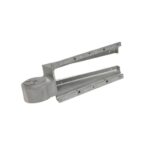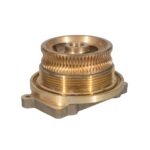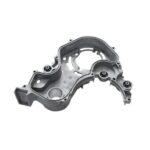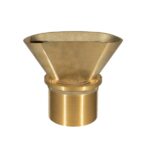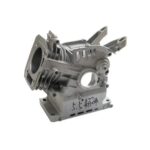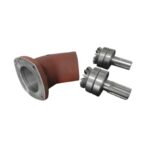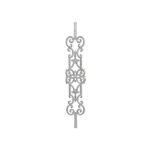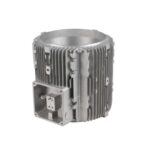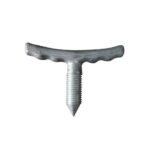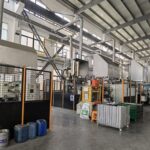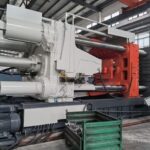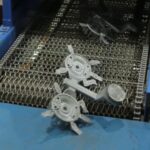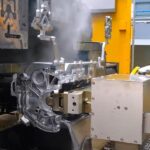Introduction to Mold Design
Mold design is a critical aspect of manufacturing, influencing the quality and efficiency of the production process. This guide delves into various mold cavity types and their applications.
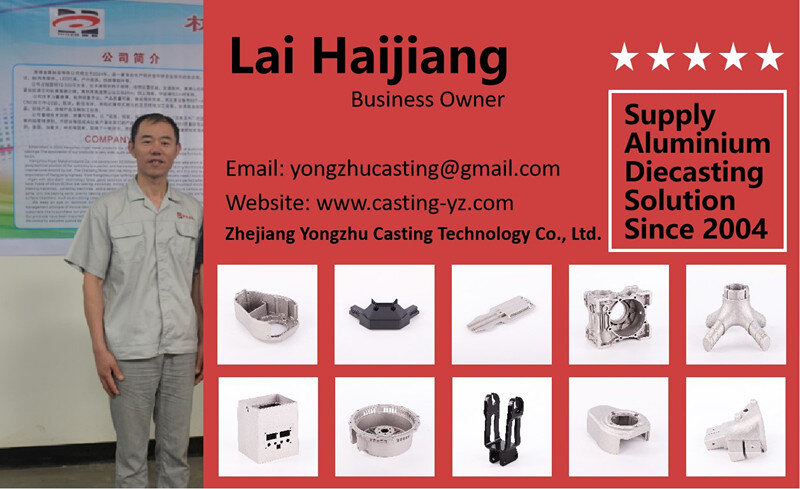
Hi, I’m Lai Haijiang, owner of Yongzhu Die Casting since 2004. Passionate about aluminum die-casting? Let’s chat! We craft custom aluminum parts for various industries and offer both manufacturing and wholesale services. Interested in being our overseas agent? Drop me an email with your ideas, and I’ll get back to you swiftly!
Types of Mold Cavities
1. Single Cavity Molds: Designed for one product per cycle. Ideal for low-volume or large parts.
2. Multiple Cavity Molds: Contain several cavities of the same part, increasing production efficiency.
3. Family Molds: House different parts in one mold. Useful for producing parts of a single assembly.
4. Unit Molds: Modular molds that allow for flexibility and easy changes in production.
Selecting the Right Mold Cavity Type
1. Production Volume: Consider single cavities for low volumes and multiple cavities for high volumes.
2. Part Complexity: Complex parts may require specialized single cavity molds.
3. Material Considerations: Different materials may influence the choice of mold cavity type.
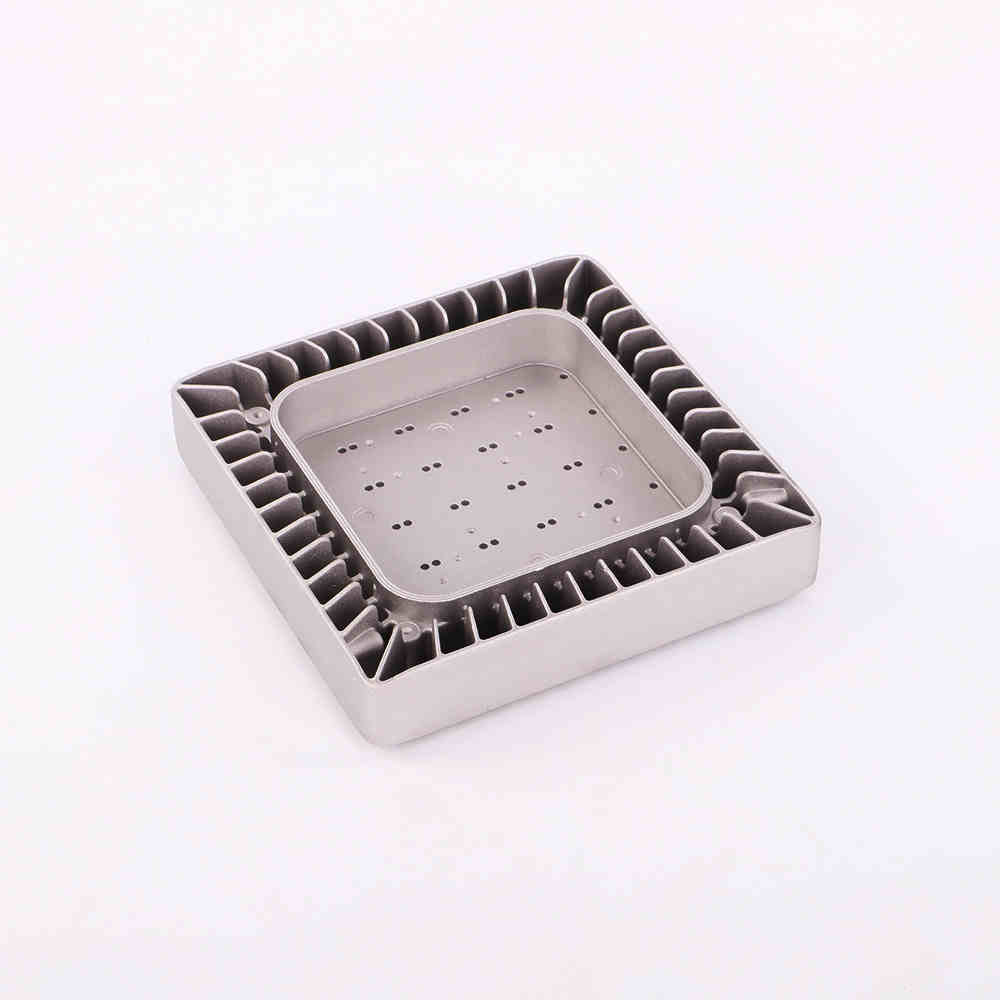
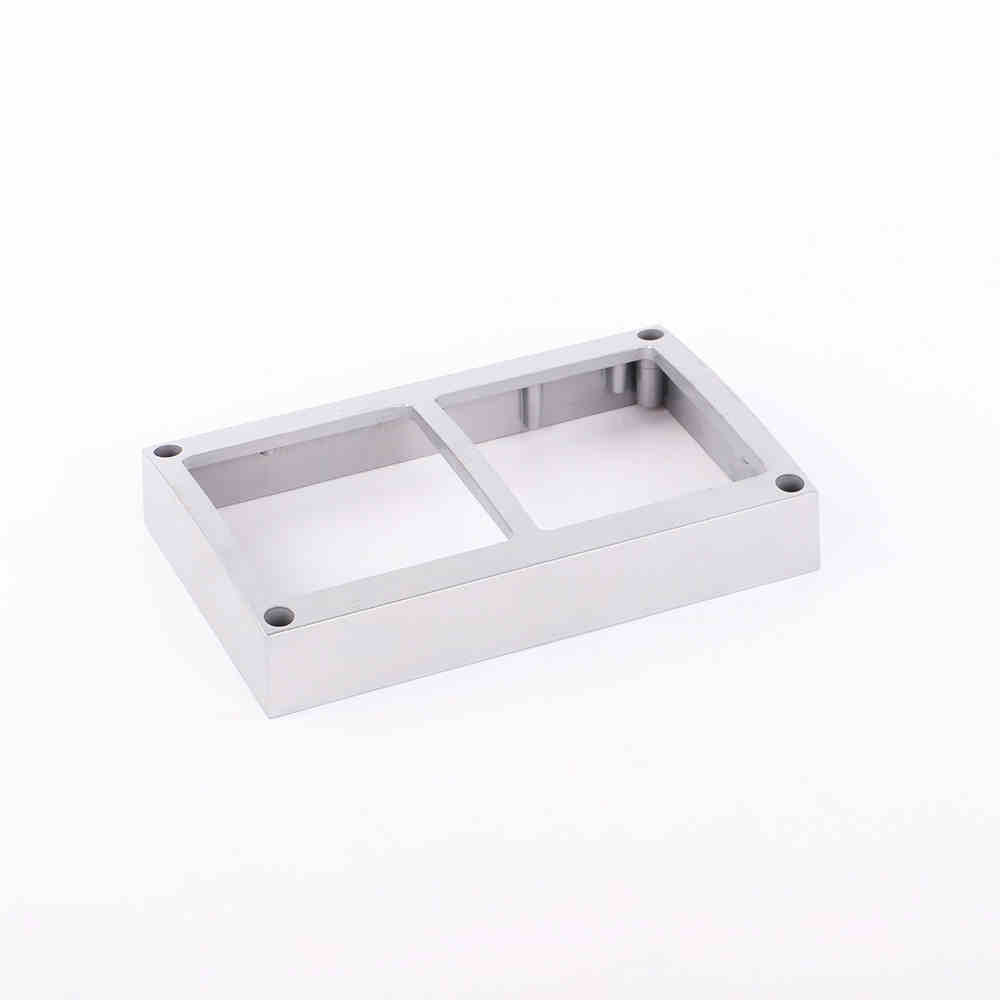
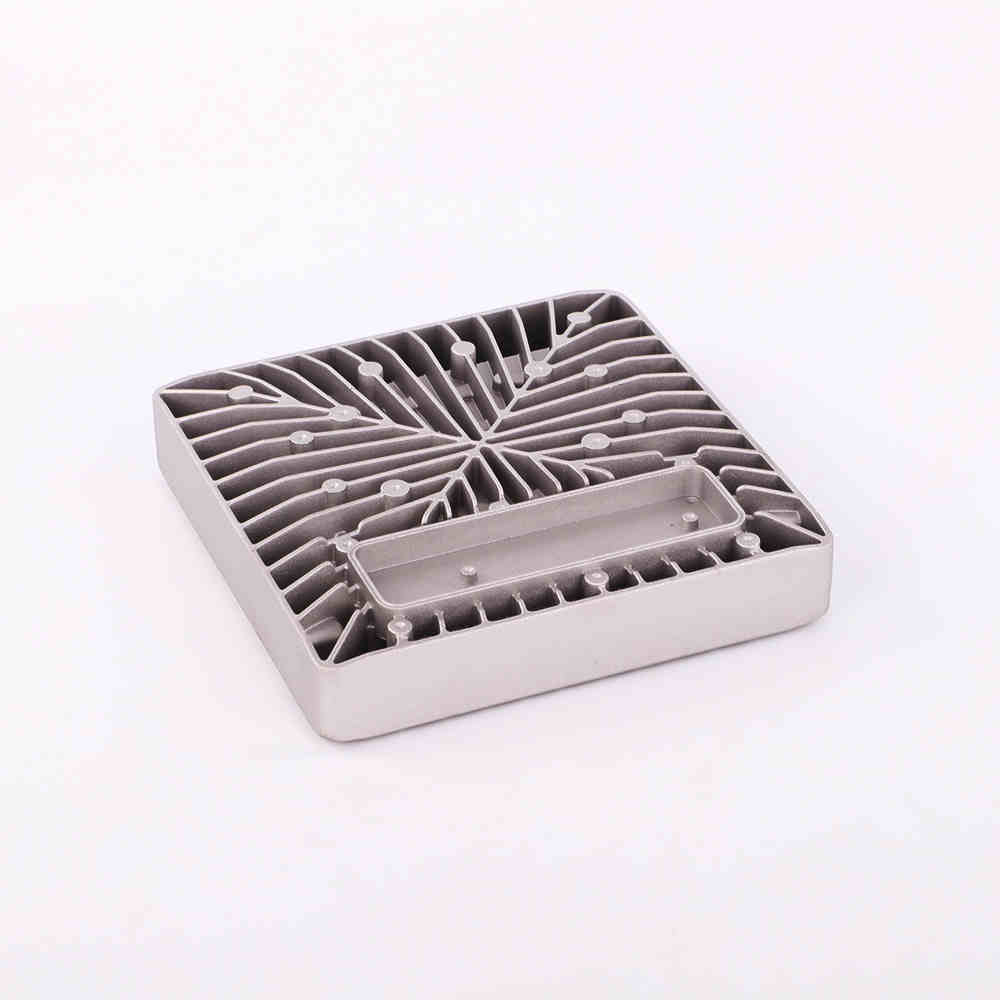
Advanced Techniques in Mold Design
Utilize computer-aided design (CAD) and simulation software to optimize mold cavity designs for efficiency and quality.
Ensuring Quality in Molded Parts
Regular inspection and maintenance of molds are essential for producing high-quality parts consistently.
Conclusion
The choice of mold cavity type has a significant impact on the manufacturing process. Understanding each type’s advantages and applications is crucial for optimizing production and ensuring the quality of molded parts.
Drop me an email with your ideas, and I’ll get back to you swiftly!


